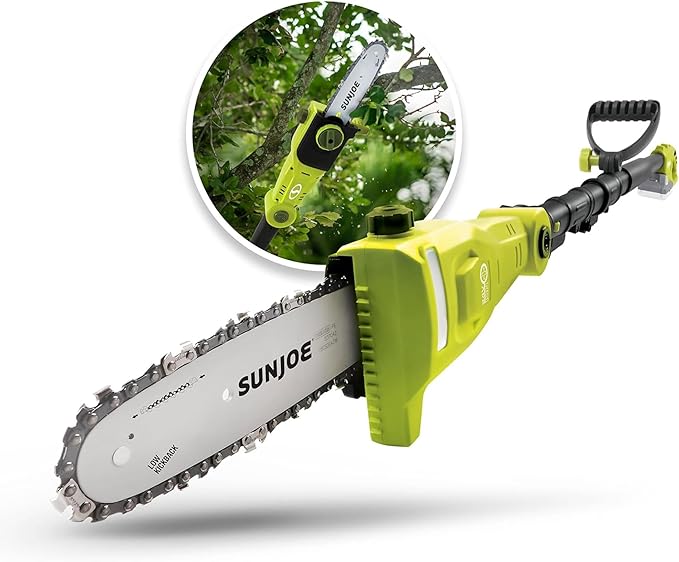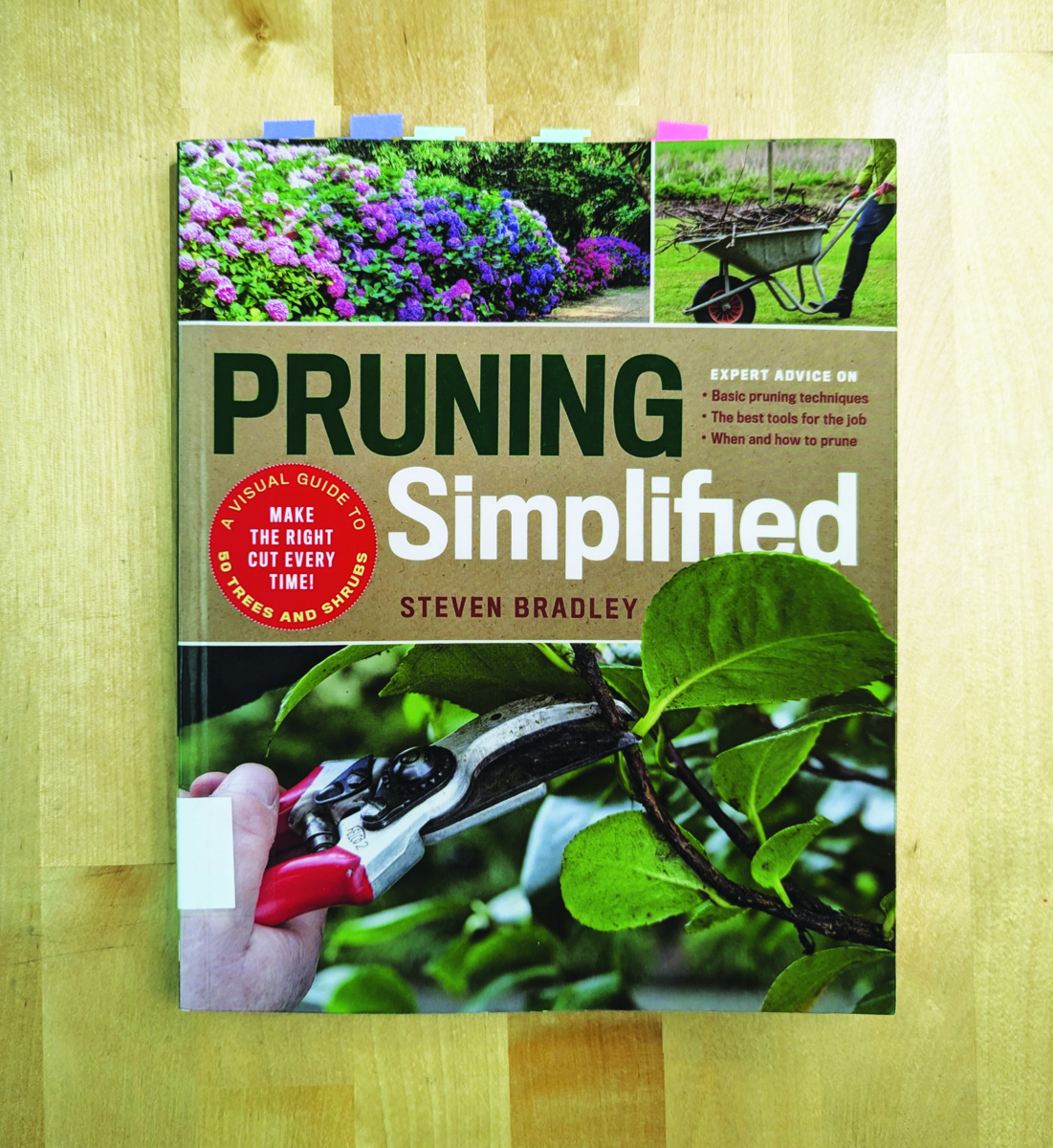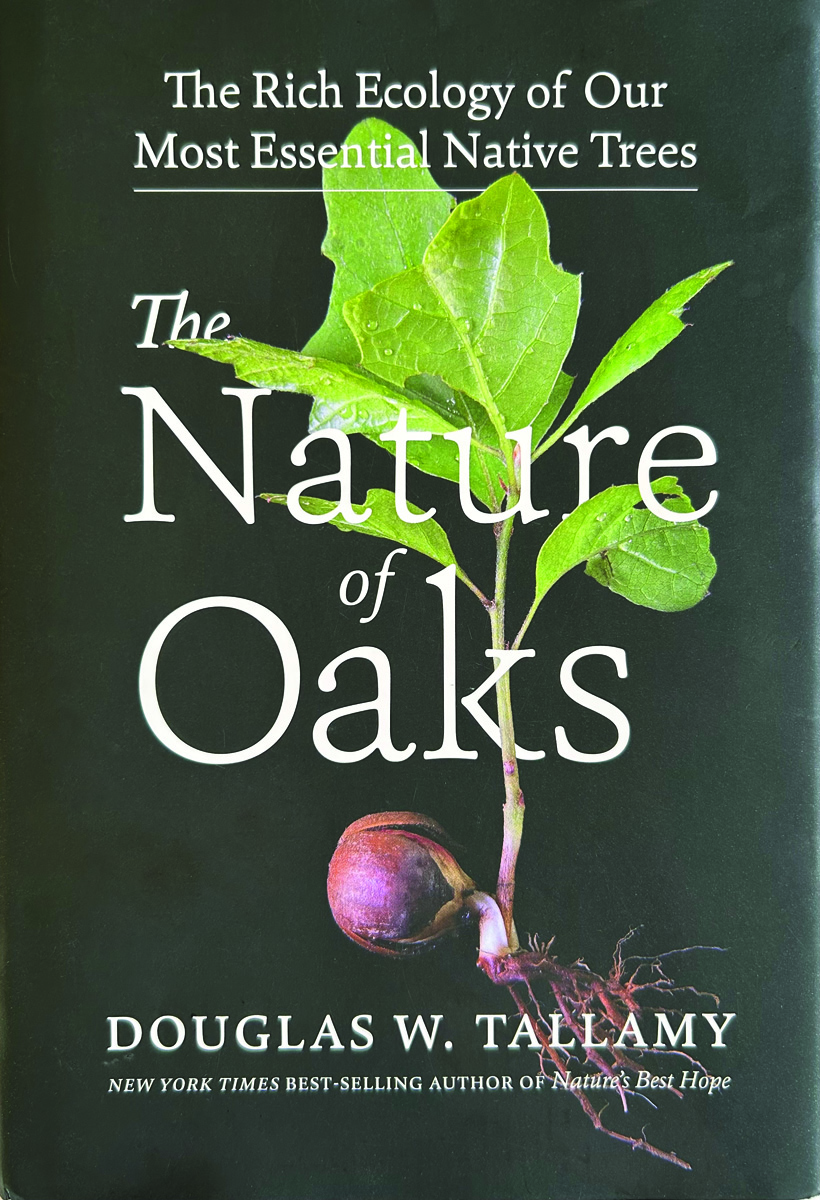
Photo/Illustration: Stephanie Fagan
Plants can do the same for the inside of our homes as they can for the outside. And, honestly, indoor plants require much less care than outdoor ones. But plants grown indoors offer mainly foliage and a few, short-lived flowers—unless you consider African violets and their cousins.
Most gesneriads (the name for this family of plants) hail from tropical climates, so they thrive and bloom profusely in warm, humid spots with relatively low amounts of light. Many are a manageable size and fit well on any windowsill or end table. And if you’re starting to think they must be hard to care for, they’re not. Aside from the occasional dormant period, gesneriads need only consistent moisture and light to add their flowers to a room.
African violets bloom in many colors
It seems like most people have or have had at least one African violet (Saintpaulia cvs.) on their windowsill. Their universal popularity is due to their easy, constant blooms and wide range of glistening flower colors. In addition to the usual shades of violet and blue, African violets can display white, pink, or striped flowers. Their foliage offers variety, as well, with smooth or fluted edges that can be variegated or even speckled.
Space is never really a concern with these plants since they will only get around a foot wide. You can even find miniature varieties small enough to fit in a thimble. Whatever size you wind up with, err on the side of a pot that is too small rather than too large. African violets don’t mind being cramped, and the smaller pot reduces the chance of overwatering.
African violets get leggy but can be saved

African violet’s leaves are borne in a tight rosette, fanning out from a central stem like spokes in a wheel. When a plant is young and grown in adequate light, this stem is not noticeable. When, however, a plant has “stretched” from low light exposure or has grown for a few years, the stem shows itself and the plant becomes top heavy. Also, some of the lower leaves may die and fall off, robbing the plant of some of its elegance. Here are two solutions to this problem.
• Repotting If the exposed stem is about inch or so, the simplest approach is to remove any damaged lower leaves and repot the African violet so that the stem is buried in the potting soil and the existing leaves again are flush with the top of the pot. New roots will form on this buried stem.
• Rerooting If the exposed stem is a few inches high, cut the entire top portion off. Remove about one-third of the lower leaves, dip this cutting in rooting hormone, and place it in a container of dampened potting mix.
Cover the pot with a clear plastic bag, with stakes in the pot to keep the bag from touching the leaves. Place the plant in diffused light, rather than direct sunlight. Place a rubber band around the base of the bag so it grips the pot tightly to hold in the humidity. You won’t have to water the plant again until it is rerooted, in about six weeks. Then, remove the bag, and you’ll have a rejuvenated African violet.
Gloxinias rebloom after a little rest

Photo/Illustration: Ron Myhr
Gloxinias (Sinningia spp. and cvs.) used to be a plant frequently found in florist shops, but now they don’t seem to get much respect. Their single or double flowers—which come in most shades of blue, red, and white—show they are certainly worthy of your attention.
Although the florists’ gloxinia (Sinningia speciosa) is the most spectacular and commonly known gloxinia, other species are equally noteworthy, including the charming Sinningia cardinalis with scarlet tubular flowers. Sinningia pusilla, with ½-inch lilac flowers on plants not much larger, enjoys higher humidity than other gloxinias and looks great in a terrarium.
Many people think that once a gloxinia stops blooming, it’s dead. They don’t realize that the plant goes through a dormant period before it will bloom again. To get your gloxinia to rebloom, cut off all but the bottom two leaves after the plant is done blooming. It will then send out side branches and bloom again. After this second bloom, cut off the foliage to soil level and let the tuber rest for a few months at room temperature in an area with little light. Water it just frequently enough to prevent the soil from getting completely dry. After about three months, slightly increase the watering and put it in a bright, warm (70°F or higher) spot, and it will start the cycle all over again.
Cupid’s bowers have plenty of color

Photo/Illustration: Steven A. Frowine
Cupid’s bowers (Achimenes spp. and cvs.) are loaded with luminous, pansylike flowers up to ½ inch across in a wide range of brilliant colors. Most have fuzzy, light to dark green or red to bronze foliage. Some varieties have upright habits suited for a container, while others are more pendulous and excel in hanging baskets. The newer introductions have larger flowers and a more compact plant habit.
The growing season for Cupid’s bowers usually starts in early spring. You need to provide ample moisture, enough to keep them always damp, and to give them some bottom heat, either from a seed-starting heat mat or a heat register. Once they start growing, never let them dry out or they may go dormant. If you want more compact plants, pinch back the new growth when it is several inches tall.
Cupid’s bowers bloom summer through fall, when the temperature begins to drop and the light starts to wane. After they are finished blooming in the fall, withhold water and let them die back naturally. Keep them dry until early next spring when you can start the cycle all over again.
Caring for African violets and related house plants

• LIGHT All of these plants can be grown in brightly diffused light—on a windowsill facing north or east during the summer and south or east during the winter—and will grow superbly under fluorescent lights. Temperatures that are comfortable for us—a minimum of 60°F and a maximum of 90°F—suit them just fine.
• PESTS Insects are uncommon on gesneriads, but be on guard for mealybugs that sometimes show up as white patches in the axils of the leaves. When conditions are hot and dry, these plants can become susceptible to various mites. For small pest invasions, simply spray the pests off with warm water. If this is doesn’t do the trick, try insecticidal soap or light oil sprays.
• WATER They all do best with even, constant soil moisture; the medium should be damp but not soggy. This is best achieved by growing them in a commercial African violet mix or any peat-based mix with perlite or vermiculite. Self-watering pots (ones with reservoirs at the bottom for water) are useful for maintaining proper moisture. If you water the plants from the top, be sure to use water at room temperature; cold water causes permanent spots on gesneriads with hairy leaves. I’ve had success with both slow-release and water-soluble fertilizers. Gesneriads aren’t fussy regarding fertilizers, so there is no need for a special African violet mix.
• HUMIDITY As is the case with most houseplants originating from the tropics, a humidity range of 50 percent to 60 percent is ideal. Plants can indicate low humidity by showing a lack of vigor, by displaying brown tips or edges, and by having flower buds that dry up before they open.
During the winter, most homes with forced air or any other drying heat source have a relative humidity of 15 percent or less—very close to levels found in a desert. Misting plants by hand offers only temporary results, and mineral deposits in the water tend to coat or spot the leaves.
To add humidity, I use those plastic grids that cover fluorescent lights in offices (known as egg-crate louvers and available in any home store). Using a hacksaw, I cut the grids to fit my tray. I then fill the tray with water and let it evaporate. The rigidity of the plastic prevents the plants from touching the water in the trays. The water surface is completely exposed to the air so that it readily evaporates to provide the precious humidity. Periodically remove the plastic grid and wash it with a disinfectant to prevent algae growth.
Cape primroses can bloom all year

Photo/Illustration: Steven A. Frowine

Photo/Illustration: Leonie Mills, provided by Ron Myhr
In the past, Cape primroses (Streptocarpus spp. and cvs.) bloomed infrequently and grew huge, straplike leaves that made them unmanageable for anyone without a greenhouse. But thanks to modern breeding, today’s selections, especially the multiflora types, are com-pact and have velvety blooms in a plethora of colors including purple, blue, pink, red, and white.
If you take care of these plants, they can bloom year-round. To ensure proper drainage, plant them so that the crown of the plant is about ½ inch above the soil level in the pot. If the crown gets wet too often, it can rot. The soil should be damp but not soggy. Cape primroses like it cooler than most other gesneriads, so during very hot weather (above 90°F), the plants will wilt to show their unhappiness. Again, keep them damp but not wet during this period, and they will recover as soon as it cools down a bit.
Flame violets have appealing foliage, too

Photo/Illustration: Steven A. Frowine
Although flame violets (Episcia spp. and cvs.) have striking flowers, they are really noted for their outstanding foliage. The oblong leaves come in several colors: pink and white, copper, red, and many shades of green and silver. The combination of handsome foliage and striking flowers makes a mature hanging basket a spectacular sight. More than any of the other gesneriads, flame violets are especially sensitive to the cold. Never let them be exposed to temperatures below 55°F to 60°F or they may collapse and not recover.
Since flame violets don’t go dormant, they are steady growers, eventually filling a 12-inch hanging basket with foliage that cascades 18 inches or more. In winter, they may go out of bloom, but if you keep them under lights, you should always have flowers.
Fine Gardening Recommended Products

Sun Joe Cordless Telescoping Pole Chain Saw
Fine Gardening receives a commission for items purchased through links on this site, including Amazon Associates and other affiliate advertising programs.

Pruning Simplified: A Step-by-Step Guide to 50 Popular Trees and Shrubs
Fine Gardening receives a commission for items purchased through links on this site, including Amazon Associates and other affiliate advertising programs.

The Nature of Oaks: The Rich Ecology of Our Most Essential Native Trees
Fine Gardening receives a commission for items purchased through links on this site, including Amazon Associates and other affiliate advertising programs.


















Comments
Log in or create an account to post a comment.
Sign up Log in